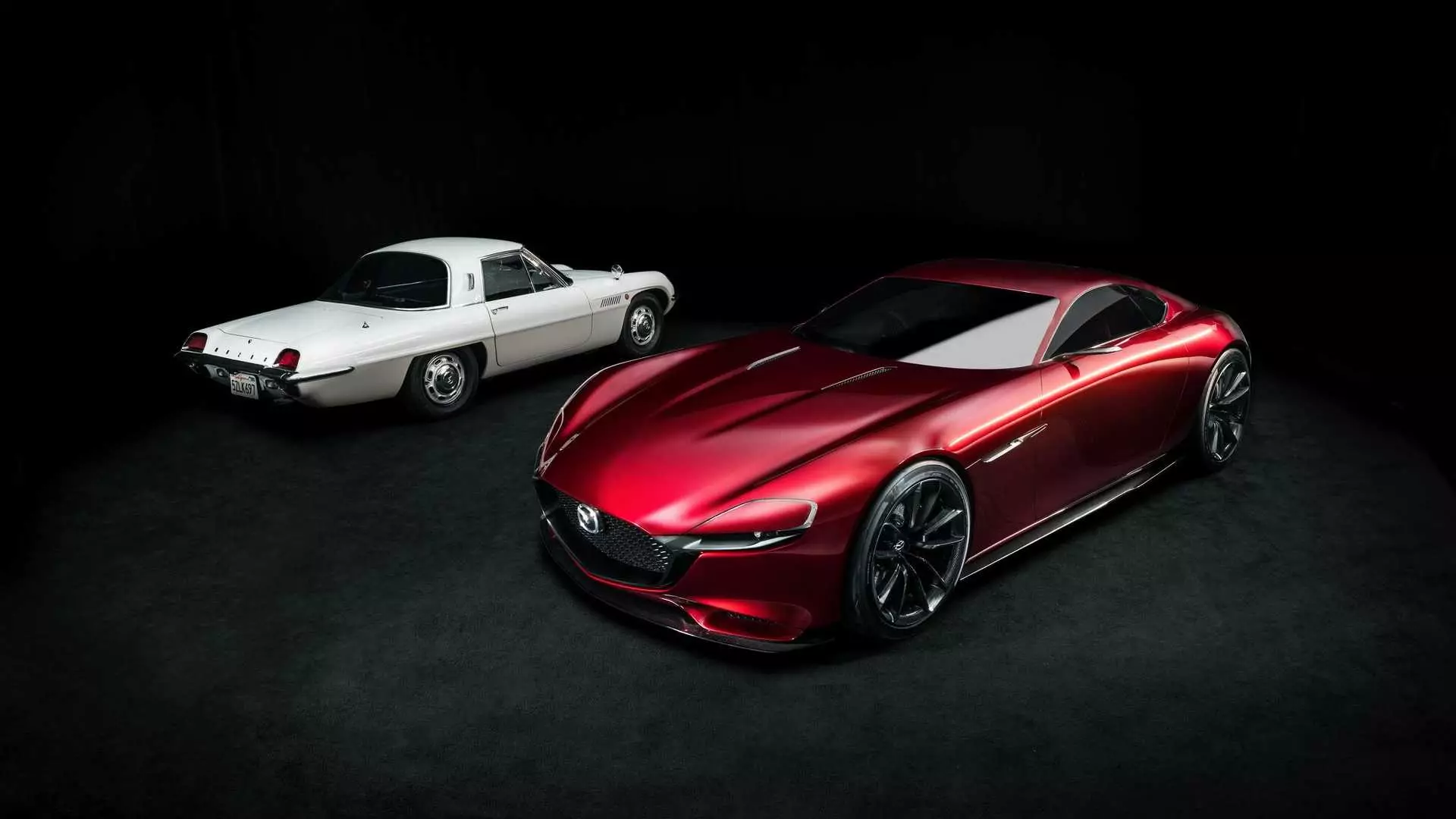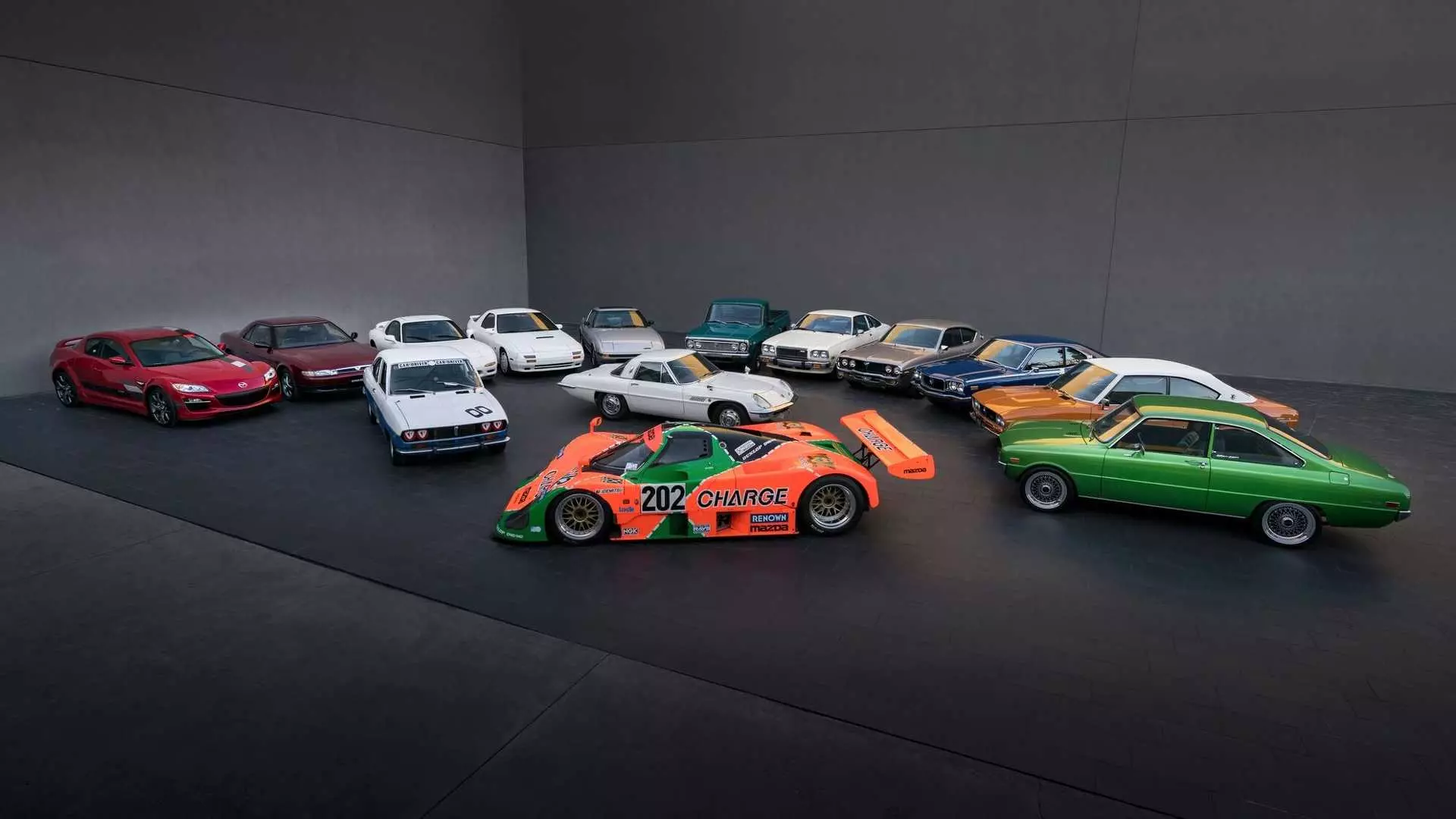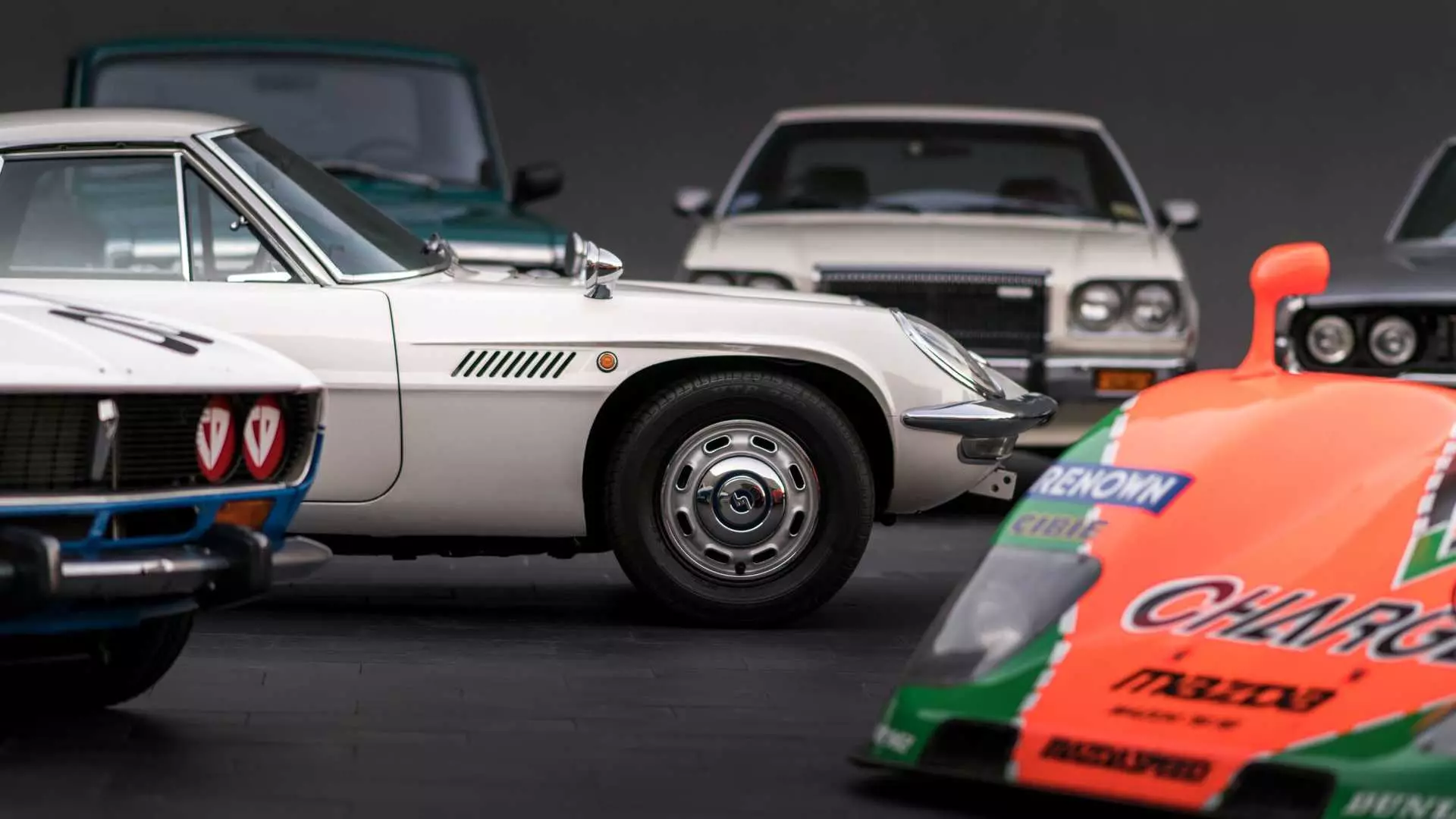The Wankel engine will forever be associated with Mazda. It was this brand that has matured, almost exclusively, over the last five decades. And this week celebrates exactly 50 years since the beginning of the marketing of the Mazda Cosmo Sport (110S outside Japan), which was not only the Japanese brand's first sports car, but also the first model to use a rotary engine with two rotors.

Cosmo came to define an important part of the brand's DNA. He was the predecessor of models as iconic as the Mazda RX-7 or the MX-5. Mazda Cosmo Sport was a roadster with classic architecture: front longitudinal engine and rear wheel drive. The Wankel that fitted this model was a twin-rotor with 982 cm3 and 110 horsepower, which rose to 130 hp with the launch, a year later, of the model's second series.
The Wankel Engine Challenges
Big challenges had to be overcome to make Wankel a viable architecture. To demonstrate the reliability of the new technology, Mazda decided to participate with the Cosmo Sport, in 1968, in one of the toughest races in Europe, the 84 hours - I repeat -, the 84 Hours Marathon de la Route on the Nürburgring circuit.
Among the 58 participants were two Mazda Cosmo Sport, practically standard, limited to 130 horsepower to boost durability. One of them made it to the end, finishing in 4th place. The other withdrew from the race, not due to engine failure, but due to a damaged axle after 82 hours in the race.

The Cosmo Sport had a production of just 1176 units, but its impact on Mazda and rotary engines was critical. Of all the manufacturers who bought licenses from NSU – the German auto and motorcycle manufacturer – to use and develop the technology, only Mazda found success in its use.
It was this model that started Mazda's transformation from a mainstream manufacturer of small cars and commercial vehicles to one of the most exciting brands in the industry. Even today, Mazda defies conventions in engineering and design, without fear of experimenting. Whether for the technologies – such as the latest SKYACTIV - or for the products – such as the MX-5, which successfully recovered the concept of the small and affordable sportscars of the 60's.
What future for Wankel?
Mazda has produced nearly two million vehicles equipped with Wankel powertrains. And he made history with them even in the competition. From dominating the IMSA championship with the RX-7 (in the 1980s) to the absolute triumph at the 24 Hours of Le Mans (1991) with the 787B. A model equipped with four rotors, totaling 2.6 liters, capable of delivering more than 700 horsepower. The 787B goes down in history not only for being the first Asian car to win the legendary race, but also the first equipped with a rotary engine to achieve such a feat.
After the end of production of the Mazda RX-8 in 2012, there are no longer any proposals for this type of engine in the brand. His return has been announced and denied multiple times. However, it seems that this is where you can return (see link above).

